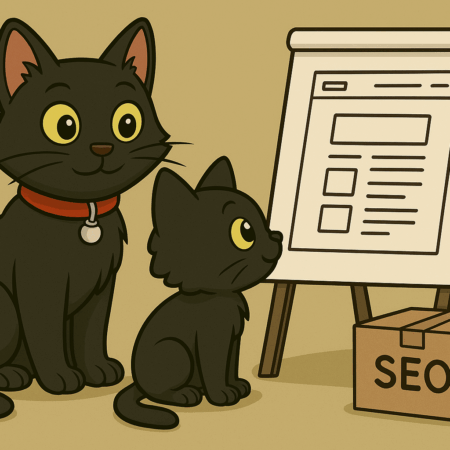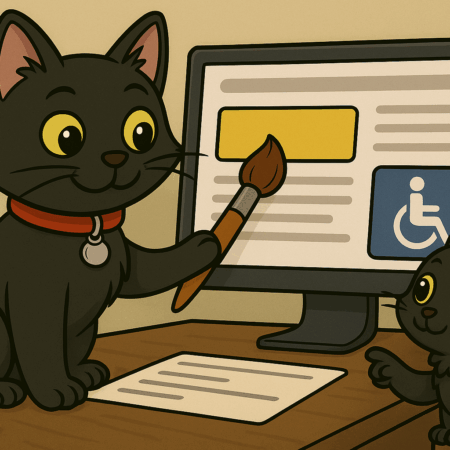In an age of screens and smartphones, paper coupons still hold their ground. Rather than fading into the background, they remain a tangible, effective way for consumers to save—and brands to attract attention. Meanwhile, digital options like e-coupons and QR-code-enabled vouchers are growing stronger, especially when both are used cleverly together.
The Enduring Strength of Paper Coupons
Recent UK research from Catalina UK shows that printed coupons handed out at tills are now the most preferred method of receiving grocery offers—favoured by one in three shoppers, up from one in four in 2022.
You might think digital would dominate—but World Journal of Marketing data reports that while most coupons distributed are still on paper, digital ones make up significantly more redemptions. That suggests digital is efficient but paper still cuts through the clutter—making a product memorable.
As one article puts it, paper coupons offer “a 100% open-rate,” showing up directly in shopper hands rather than buried in inboxes. Many brands redistributing to customers this way—such as at markets or in-store demos—say the method provided a real boost in awareness and sales. One founder described it as “old-school days of being at a farmer’s market,” but with modern results.
Digital Coupons’ Advantages
Digital coupons are significantly easier and cheaper to distribute. A marketing report says they can outperform print by around 35% when it comes to attracting new customers. Their biggest strengths include instant delivery, easy tracking, and seamless integration with email, messaging, apps, and phones.
E-coupons—especially dynamic ones that change value over time—can trigger quick purchases and deepen loyalty. According to Wikipedia, these digital vouchers are widely used across grocery, travel, restaurants, and loyalty programmes.
Bridging the Gap with QR Codes
QR codes serve as a powerful bridge between the physical and digital realms. You scan a printed code and instantly access a digital coupon, landing page, or app feature. One marketing guide notes that QR codes provide convenience, real-time updates, and valuable analytics—making the coupon experience both seamless and trackable.
Why Both Formats Have Value
Objective-Driven Use
If you want brand visibility and engagement, paper might be your best friend. But if you prioritise reach, data, and ease, digital rules. It really depends on your goals.
Different Strengths
Paper offers emotional impact and noticeability. Digital brings precision, scale, and flexibility.
Inclusivity and Practicality
Not everyone is tech-savvy—seniors or consumers with limited access may struggle with apps. That’s why some retailers, like Kroger, have reintroduced paper coupons due to customer feedback that digital-only options were making savings feel inaccessible.
Final Thoughts
Paper coupons remain highly effective as a tactile, eye-catching marketing tool—especially in grocery and on-the-ground settings. At the same time, digital vouchers bring analytical power and scalability. QR codes let brands tap into the best of both worlds. When marketers combine physical reach with digital efficiency, coupon campaigns become both inclusive and highly impactful.












